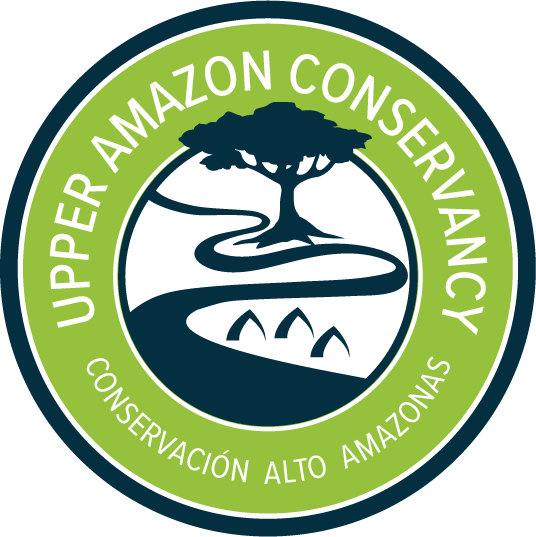Protecting the Heart of the Amazon
We are responding to the conservation and human rights crisis in the Amazon headwaters with a combination of measures intended to protect biodiversity while promoting strong stewardship and sustainable livelihoods in local indigenous communities. We are committed to working in the most vulnerable areas, where illegal activities and community exploitation often go undetected, despite the logistical challenges, dangers, and high-costs of working in such remote areas.
The Amazon headwaters of Southeastern Peru contains some of the most remote and intact forests in the entire world. Healthy jungle ecosystems support a full spectrum of Amazonian flora and fauna and over a dozen different indigenous tribes including some of the last isolated tribes on Earth. The region’s core is made up of two of the most important protected areas for both biodiversity and indigenous cultures anywhere on the planet: the Alto Purús and Manu national parks. The parks are surrounded by other protected areas including four reserves for isolated tribes, and dozens of titled communities representing 10 different tribes in various stages of contact with the outside world. Living in small familial villages, they survive mainly on subsistence activities like hunting, fishing, collecting forest resources, and tending small gardens. Together these conservation areas and indigenous lands comprise a massive 25 million acre (10 million hectares) mosaic of protected lands roughly twice the size of Costa Rica called the Purús – Manu Landscape. It is among the largest and wildest ecosystems left on Earth.
Intact But Threatened
While still largely intact, Purús – Manu is threatened by several deforestation drivers including both illegal and official road construction, drug cultivation and production, and the expanding agricultural frontier. In addition, illegal gold mining is devastating areas of Madre de Dios department to the south, causing rapid deforestation and contamination in protected areas and indigenous lands.
For the past two decades, the Alto Purús National Park and surrounding had been the center of Peru’s illegal logging trade, specifically of Mahogany (Swietenia macrophylla) and Spanish Cedar (Cedrela odorata), both among the world’s rarest and most valuable hardwoods. While still a major problem, the amount of illegal logging has dropped in recent years due to a combination of improved en situ enforcement of protected areas and oversight of timber exports.
However, in 2020 logging has been replaced by an even more destructive and nefarious threat: narco terrorism. In the more remote parts of Peru’s Ucayali department, coca farmers from Peru’s central jungle and others associated with the cocaine trade are invading indigenous lands and protected areas. Protecting the tribes and their forests and resources from this well orchestrated and funded invasion is by far our biggest challenge to date.
Fluvial gold mining—all of it illegal—in La Pampa, Peru.
Jaguar killed near the Alto Purús National Park
Sawmills in the city of Pucallpa, Peru.
Illegal mahogany logging on indigenous land in the Purús, Peru.
Growing coca—used for producing cocaine—has been pushed out of the Andean foothills and deep into remote watersheds in the Upper Amazon Basin, threatening vital protected areas.
Illegal and official roads often threaten indigenous lands and protected areas, like this one on the border of the Alto Purús National Park.


